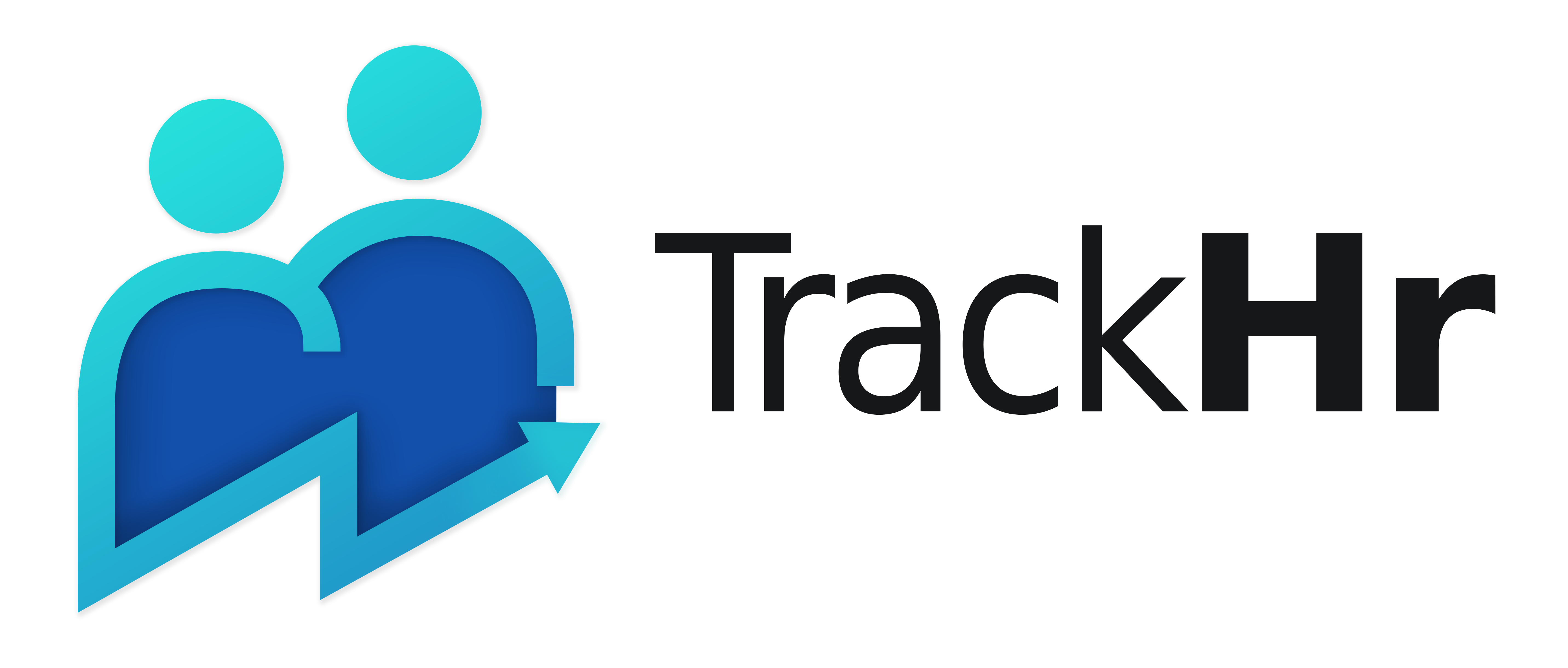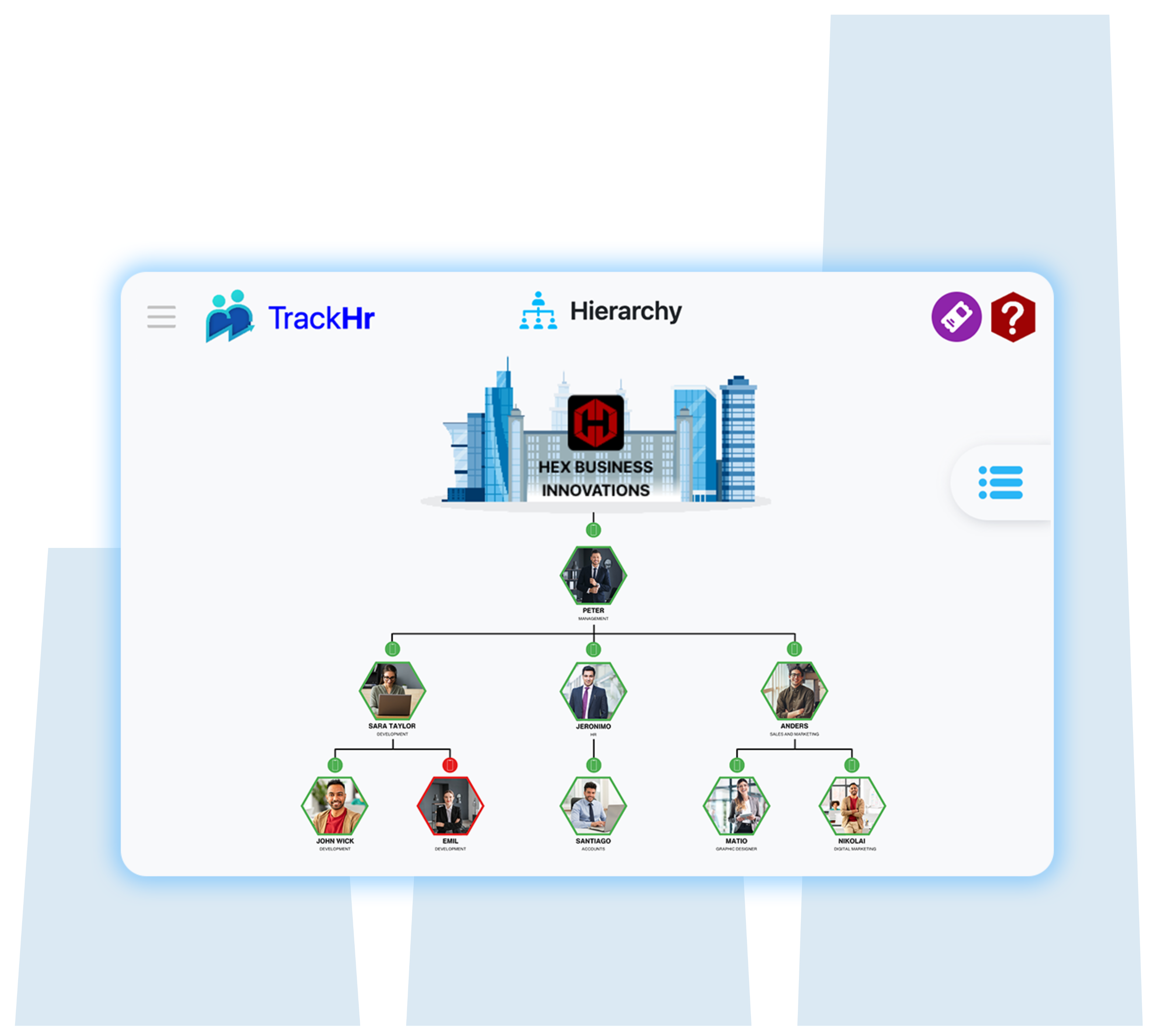Blog
What is KPI and KRA? A Complete Guide to Performance Management Metrics
- June 14, 2025
- 11:42 am

When it comes to measuring employee performance in the business and human resource realm, two acronyms rise above the rest namely KPI and KRA. Though they are interchangeably used, they have different and complementary uses. Knowing the meaning of KPI and KRA and the role they play in ensuring proper performance management can assist organizations in ensuring that the individual objectives support business strategy.
What is KPI?
KPI (Key Performance Indicator) is a quantitative figure that demonstrates the level of effectiveness of a person or group of people in attaining important business targets. KPIs help to measure performance, define trends, and be utilized during the decision-making processes.
Key Features of KPIs:
- Quantifiable and rooted in particular data
- Time-bound and target-oriented
- Business focused
- Assistance in the determination of performance gaps
Examples of KPIs:
- Sales Revenue: Growth in monthly revenue by 15 per cent
- Customer satisfaction Score (CSAT): 90 percent or above satisfaction
- Website Traffic: Send 10,000 unique/month
- Employee Turnover Rate: Decrease staff turnover by 5 per cent each year
What is KRA?
Key Result Area (KRA) can be defined as primary areas of accountability, or strategic orientation, of a job. In comparison with KPIs, KRAs are very vague goals that define the responsibility of an employee.
Key Features of KRAs:
- Job description and role-specific
- Outline the area of responsibilities
- Direct performance anticipations
- Establish the foundation for KPI setting
Examples of KRAs:
- As a Marketing Manager: Lead generation and campaign strategy
- As an HR Executive: Talent acquisition and employee engagement
- As a Developer: Quality and delivery of code on a project
KPI vs. KRA – Understanding the Difference
Though commonly used with each other, KPI (Key Performance Indicator) and KRA (Key Result Area) are somewhat different in usage in terms of performance management. A KPI is a quantitative, narrowly defined measure that helps assess the extent to which a person, group, or organization is performing with respect to set targets. It is normally time-limited and directly conjoined with business objectives. As an example, a KPI could be a “95 per cent on-time delivery rate of projects.”
A KRA on the other hand is a broad accountability that defines what an employee should produce in his job. It is rather qualitative and connected with the job description of a worker. Project management and timely delivery is one KRA of a project manager as an example.
The most significant distinction is notably in the purpose they serve, with KRAs stipulating what should be done and KPIs indicating the degree of success with which it is being done. KPIs are usually planned keeping in view the responsibilities fixed through KRAs. To recap it all, KRAs give the areas of strategic focus and KPIs are the measurements that monitor the performance in the areas.
Why KPI and KRA Matter in Business
1. Increase Staff Responsibility
Well attached KRAs and KPIs help to define expectations and as such measuring the contribution of an employee to an organization is simplified.
2. Enhance Performance Management
The management will be in a position to monitor real-time individual and team performance with the help of measurable KPIs.
3. Strategic Alignment
KRAs ensure that each role is directed at larger business ambitions, and KPIs guarantee that behaviour follows the direction.
4. Empower Data-Based Decisions
KPIs can provide up-to-date information to promote, train or process improvement decision-making.
5. Increase Employee Participation
When employees know what is expected of them and how their performance will be assessed, they tend to perform better.
How to Set Effective KPIs and KRAs
Step 1: Business Goals
Begin with strategic business purposes. Divide them into departments or functions.
Step 2: Define KRAs per Role
Identify core functions and spheres of influence of every position.
Step 3: Develop KPIs Specifically
Make your design KPIs SMART: Specific, Measurable, Achievable, Relevant and Time-bound.
Step 4: Communicate and Monitor
Make employees aware of their KPIs and KRAs. Monitor their progress through regular one-on-one meetings and performance reviews.
Step 5: Revise and Edit
Regularly update KPIs and KRAs in case priorities of the business or market conditions shift.
Conclusion
Knowledge of KPI and KRA is critical to any company that needs to improve its productivity, responsibility, and development. KRAs specify what, and KPIs how. Combined, they make a good ground for successful performance management. When used properly, they can ensure that individual efforts are coordinated with organizational achievement, building a culture of openness and unceasing betterment.
Table of Contents
Exhausted from managing performance management manually?



